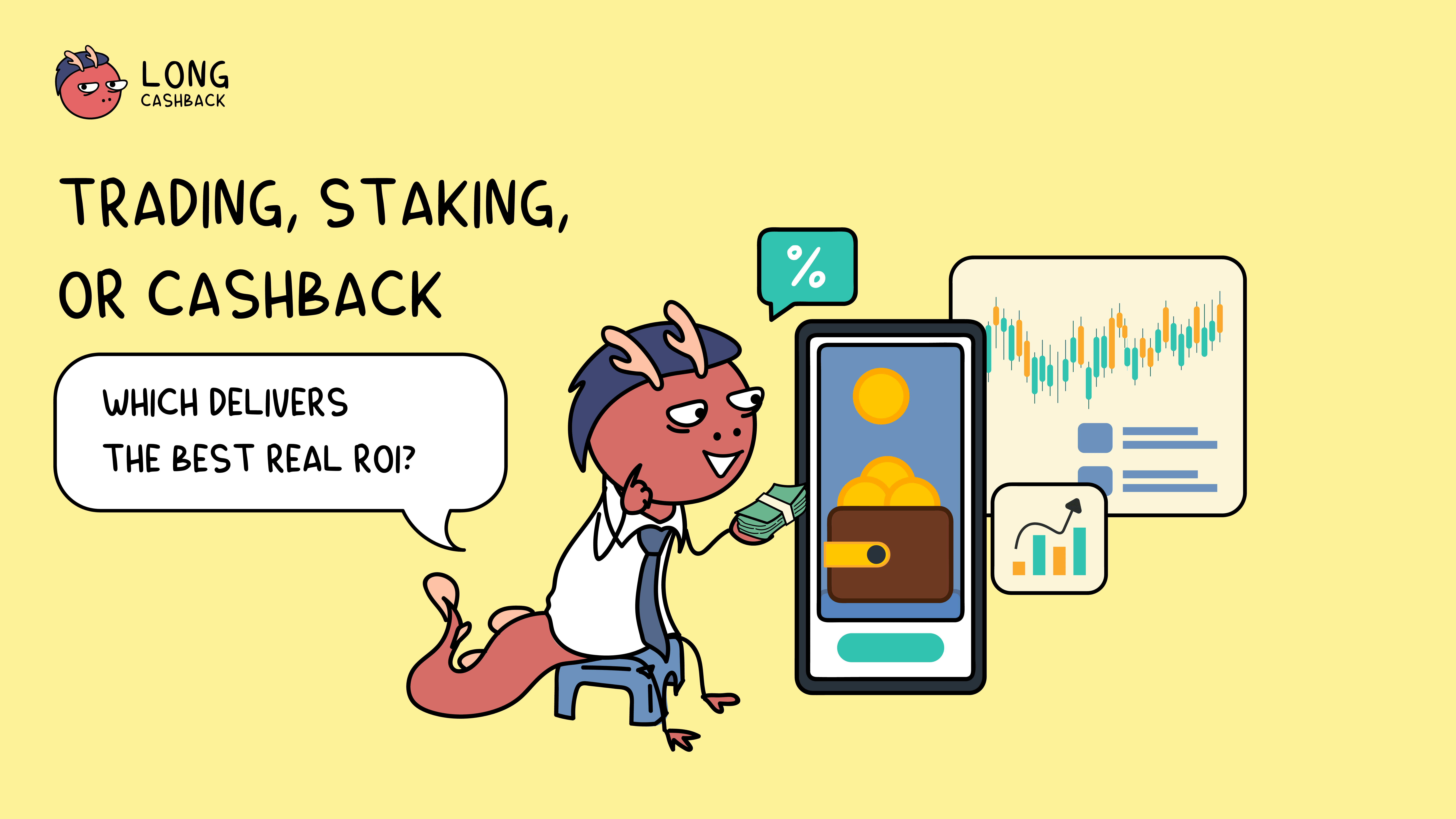November 12, 2025

In today’s digital‑asset market, as trading volume and volatility continue to rise, using tools such as automated bots or copy trading has become a popular trend. At the same time, many exchanges run rebate programmes to motivate more trades. The question is: between bot trading and copy trading, which tool truly helps you obtain better rebates?
This article dives deep into each method, offering detailed comparisons to help you select the tool that aligns with your investment strategy.
“Bot trading” refers to automated trading software programmed to buy or sell digital assets based on preset algorithms, technical indicators or market conditions. Bots can execute trades faster than humans and operate 24/7, yet risks remain if the setup is flawed or the market shifts abruptly.
Example: Using a Spot Grid Bot on Binance for the BTC/USDT pair, you might set a range from 100,000 USD to 120,000 USD. The bot places buy orders near the lower bound and sell orders near the upper bound, profiting from small market oscillations.
One major advantage of bot trading lies in its consistent capacity to generate large trading volumes. If the platform supports a rebate scheme based on volume, such as VIP or Cashback programmes on Binance, users can earn significant rebates from bot activity.
However, bot trading is not a “set‑and‑forget” solution. Achieving success requires a clear strategy, correctly chosen price range and ongoing supervision. If the market moves outside your set grid or the bot settings are wrong, losses can occur. Therefore, using a bot demands technical knowledge and strong risk control.
Copy trading enables users to AUTOMATICALLY replicate the full strategy and trade orders of a professional investor. When the selected trader executes buying or selling, your account mirrors these actions proportionally to the capital you have allocated.
Example: Binance offers an integrated Copy Trading platform allowing users to pick a trader from a public list. You can evaluate transparent statistics—profit rate, drawdown, number of followers—then decide how much capital to allocate and whether to set a stop‑loss percentage.
Copy trading suits beginners or those lacking time to monitor the market. You benefit from expert traders’ experience while still having personal risk settings. Some platforms also include rebate schemes or performance‑based rewards from the traders.
Despite the convenience, copy trading does not guarantee profit. It remains necessary to evaluate strategy, performance and risk of the trader. Additionally, diversify your allocations, avoid putting all funds with one trader and always set stop‑loss limits in case of high market volatility.
Both bot trading and copy trading can enable users to earn rebates from exchanges, but the mechanisms and rebate potential differ:
In summary, if your primary goal is maximising rebates via high trading volume, bot trading is more effective. Copy trading, in contrast, serves those who prioritise simplicity and ease of use, despite lower rebate potential.
Choosing between bot trading and copy trading for maximising rebates depends on your investment style, experience level and risk tolerance. When used effectively, both tools can become efficient solutions in the digital‑asset investment journey. Additionally, integrating a platform like Lóng Cashback, which supports rebates up to 50%, can further enhance your cost efficiency and overall investment outcome.

Compare the advantages and disadvantages of “bot trading” and “copy trading” for earning rebates when trading digital assets, helping investors choose the most profitable approach.
long cashback crypto cashback bot trading copy trade
Tham gia ngay, săn Airdrop – trúng thưởng tới tấp cùng Bybit
BYBIT cashbackcrypto futurestrading
In the crypto market, trading, staking, and cashback are three common ways to earn from digital assets. This article compares their real ROI, highlights when cashback can outperform the others, and explains how traders can optimize their net returns.
ROI cashbackcrypto staking tradingfutures